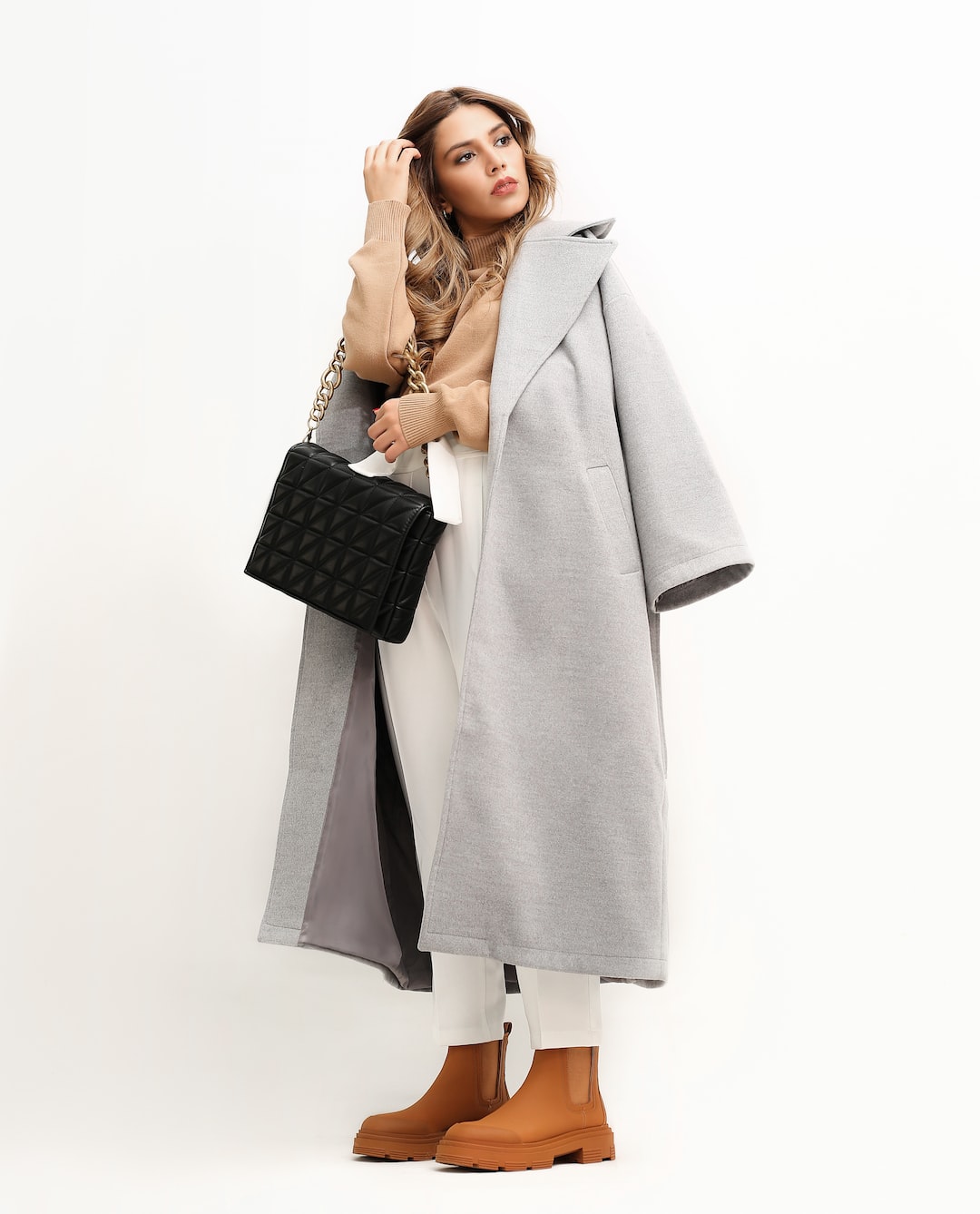The Art of Mixing Patterns: A Style Guide
In the world of fashion, mixing patterns can be a bold and daring statement. It allows you to showcase your creativity and individuality, creating a unique look that sets you apart from the crowd. However, it can also be a tricky task to master. One wrong move and your outfit can go from fashion-forward to fashion disaster. That’s why we’ve put together this style guide to help you navigate the art of mixing patterns with confidence.
1. Start with a Neutral Base
To ensure a cohesive and balanced look, it’s best to start with a neutral base. This could be a solid-colored top or bottom that acts as a canvas for your pattern mixing. Neutrals such as black, white, gray, or beige work well and allow your patterned pieces to shine. Think of them as the quiet backdrop that lets your patterns take center stage.
2. Mix Patterns of Different Scales
When mixing patterns, consider the scale of each pattern. Pairing patterns of different scales adds visual interest and prevents them from competing with each other. For example, pair a small polka dot print with a larger floral pattern or mix a thin stripe with a bold animal print. This creates a harmonious contrast that is visually appealing.
3. Select Patterns with a Common Color Palette
For a cohesive and put-together look, opt for patterns that share a common color palette. This ensures that the patterns complement each other rather than clash. For example, if you’re wearing a floral top with hints of pink, choose a bottom with a subtle pink stripe or check pattern. This subtle repetition of color brings your outfit together and creates a cohesive look.
4. Use a Statement Piece as the Focal Point
If you’re feeling unsure about mixing patterns, use a statement piece as the focal point of your outfit. This could be a vibrant printed skirt, a patterned blazer, or a bold accessory. Build the rest of your outfit around this statement piece using more subdued patterns or solid colors. By doing this, your statement piece becomes the star of the show, while the other patterns serve as supporting elements.
5. Experiment with Color Blocking
Color blocking is an excellent technique to incorporate when mixing patterns. By grouping patterns of similar colors together, you create defined blocks of visual interest. For example, pair a striped top with a floral skirt, ensuring that a color from the top is also present in the skirt pattern. This not only creates a cohesive look but also visually separates the patterns, making them easier to digest.
6. Play with Texture and Material
Pattern mixing doesn’t have to be limited to just prints and colors. Experiment with different textures and materials to add dimension to your outfit. Pair a chunky knit sweater with a flowy floral skirt or mix a tweed blazer with a striped blouse. The contrast between textures adds depth to your ensemble and elevates the overall look.
7. Don’t Forget About Accessories
Accessories can be a stylish way to incorporate pattern mixing without committing to an entire outfit. Choose a patterned scarf, a bold printed handbag, or statement shoes to add a pop of personality to an otherwise monochromatic ensemble. Accessorizing with patterns allows you to experiment and try new combinations while keeping the overall look balanced and cohesive.
Remember, fashion is all about expressing yourself and having fun with your personal style. So, don’t be afraid to step outside of your comfort zone and mix those patterns with confidence. By following these style tips and guidelines, you’ll become a pro at the art of pattern mixing, creating head-turning looks that are uniquely yours.

